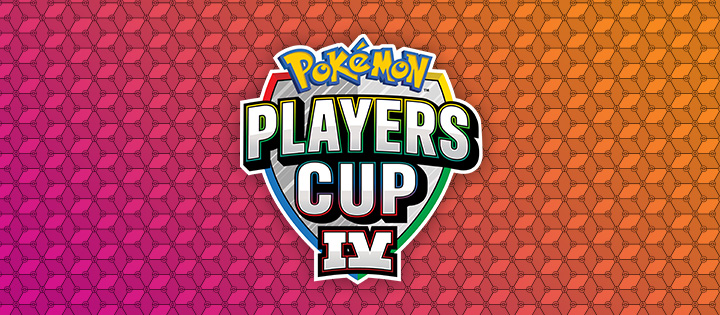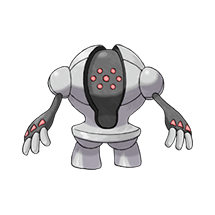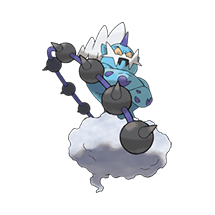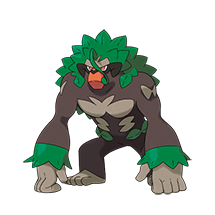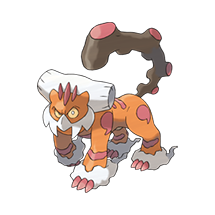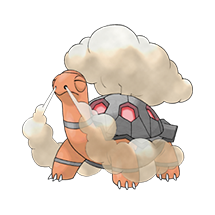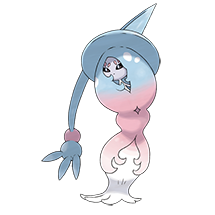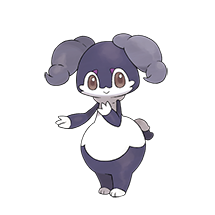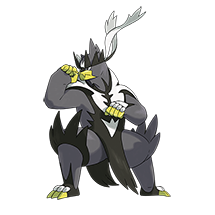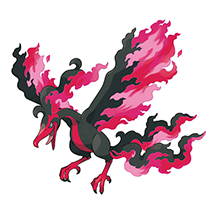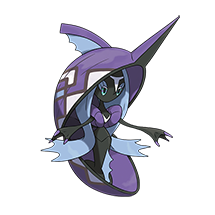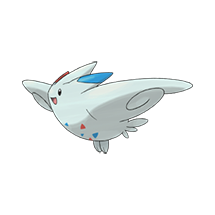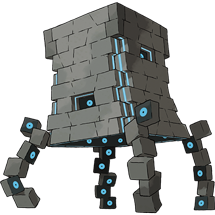Alexander went undefeated throughout the
Oceania Region Qualifiers to advance to the Global Finals, utilizing both harsh
sunlight and Trick Room on his team. His team is incredibly flexible in a best-of-three
match, as the harsh sunlight mode and Trick Room mode play very differently
from each other. His team also has multiple Dynamax threats—Venusaur, Togekiss,
and Stakataka are the main Dynamaxing options, but any of his Pokémon can
Dynamax in the right situation.
Alexander’s team features both Venusaur and Porygon2,
which is a very consistent lead combination with a ton of flexibility on turn one.
For example, you can switch out Porygon2 with Torkoal to set up harsh sunlight,
doubling Venusaur’s Speed, or you can
switch out Venusaur with something slower while Porygon2 sets up Trick Room.
It’s very difficult to consistently cover all options that this lead offers at the
start of the game.
Some sets that stand out on Alexander’s team
include Togekiss holding a Scope Lens and Stakataka holding a Life Orb.
Togekiss was one of the most popular Pokémon when Pokémon Sword and Pokémon
Shield launched, but the Isle of Armor and Crown Tundra expansions
introduced several Pokémon that are strong against it, such as Incarnate Forme
Thundurus, Therian Forme Landorus, Regieleki, and Glastrier, thus decreasing
its popularity. It has made a slight comeback towards the end of Ranked Battles
Series 9, and Alexander’s Togekiss can be used as a redirection user to help
set up Trick Room or a fast Dynamax option against teams that lack strong
answers to it.
Highlight Pokémon
Since Ranked Battles Series 7, the metagame
has evolved and a few different Pokémon have risen to prominence. The first is
Registeel, which was on five of the 16 qualifying teams. Registeel’s strength
lies in its incredible defensive stats, making it remarkably difficult to knock
out. It also gets access to both Amnesia and Iron Defense, allowing it to
further increase its survivability. It can often close out games through the
combination of Body Press and Iron Defense, so opposing players must be extra
careful in preventing Registeel from getting set up.
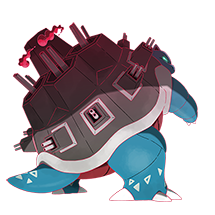
Another Pokémon that has increased in
popularity is Gigantamax Blastoise. It is often given a Life Orb, which allows
it to maximize its damage output, or a Wacan Berry, which we highlighted
earlier on Fevzi Özkan’s qualifying team. In addition to being one of the
strongest Water-type Pokémon in the format, Blastoise also has its signature
Gigantamax attack, G-Max Cannonade, allowing it to deal damage to both
opponents over four turns.
Other notable picks that have increased in
popularity in Ranked Battles Series 9 include Garchomp and Celesteela. Both
match up well against some of the most common Pokémon. Garchomp, for example,
is an excellent answer into Coalossal (which won the Pokémon Players Cup II) as
well as Torkoal, Incineroar, and Regieleki. Celesteela, on the other hand, has
shifted away from the defensive Leech Seed set that it was initially known for—many
players now run it holding an Assault Vest, Life Orb, or Power Herb and aim to
Dynamax it.
Of course, many staples from Series 7 continue
to be top picks in Series 9. Popular offensive options you should expect to see
this weekend include Venusaur, Galarian Moltres, Therian Forme Landorus, Tapu
Fini, Coalossal, Urshifu, Regieleki, Glastrier, and Spectrier. Expect these Pokémon
to be supported by Pokémon such as Clefairy, Porygon2, Amoonguss, Incineroar, Rillaboom,
Grimmsnarl, and Indeedee.
Finally, some Pokémon that could potentially
be strong anti-meta choices this weekend include Mamoswine, Regirock, and Regidrago.
Mamoswine in particular matches up well against many popular Pokémon such as Galarian
Moltres, Landorus, Incineroar, and Regieleki. It also completely ignores the
common Intimidate Ability thanks to the Oblivious Ability.
General Strategies to Watch For
Setup

Setup-oriented strategies continue to be a
dominant force in Ranked Battles Series 9, with Pokémon like Galarian Moltres knowing
Nasty Plot, Therian Forme Landorus knowing Swords Dance, and Tapu Fini knowing Calm
Mind leading the charge. The one new setup Pokémon that has appeared since
Series 7 is Registeel, highlighted above.
Weakness Policy continues to be a staple item,
with Dynamax making it a lot easier to survive supereffective damage. We’ll
likely see familiar faces such as Venusaur, Galarian Moltres, Metagross, Coalossal,
and Glastrier hold it in the finals. This could be our last time seeing the
item used as often as it is, since the Ranked Battles Series 10 ruleset bans
Dynamaxing, so get ready to say goodbye.
Trick Room
Trick Room is still a staple for many teams in
the format. In fact, half of the
qualifying teams had at least one Pokémon with Trick Room on it. The Oceania
region really favored Trick Room, with all three qualifying players running it
on their respective teams.
These teams rarely rely just on Trick Room. For teams that have Torkoal on it, you
will also often see Venusaur, which can take advantage of harsh sunlight thanks
to its Chlorophyll Ability. This creates a fast-damage mode in conjunction with
the Trick Room mode. Alexander Poole’s qualifying team is the perfect example
of a team that utilizes both Trick Room and harsh sunlight well.
Hyper Offense

We’ve seen some new hyper-offense strategies
pop up towards the end of Ranked Battles Series 7 and the beginning of Ranked
Battles Series 9. One example is the duo of Gothitelle and Dynamax Regieleki.
Regieleki was initially not seen as a major Dynamax threat because of its poor type
coverage and poor defensive stats, but Gothitelle pairs with it perfectly. Gothitelle
traps opponents using Shadow Tag and prevents them from switching out for a
Pokémon that can take Regieleki’s Electric-type attacks.
Traditional hyper-offense strategies often
revolve around Pokémon that can pick up knockouts before their opponent can
move. The combination of Thundurus and Urshifu was one of the most popular hyper-offense
duos in Series 7, and Jonathan Barradas demonstrated that with his qualifying
team, which is still a force to be reckoned with.
Concluding Thoughts
While the Pokémon Players Cup IV Global Finals
will use the same ruleset as the Pokémon Players Cup II Global Finals, the
format has evolved significantly. I’m eager to see if any brand-new Pokémon or
strategies will take home the crown this time around. Blastoise and Registeel
in particular had very impressive showings throughout the Region Finals and
will likely continue to be top picks going into the Global Finals. Another
interesting development is how Regieleki has turned into a major Dynamax threat—few
players looked to Dynamax it back in Ranked Battles Series 7, but many have now
realized just how strong of a Dynamax option it can be, especially with the right
support (like Gothitelle) next to it.
I’m also curious to see how Coalossal performs
in this tournament. After all, it did win Pokémon Players Cup II. I expect a
few players to bring it to the Global Finals, but I think it will have a
slightly tougher time in the tournament with the rise of Pokémon like Blastoise
and Garchomp, as well as Therian Forme Landorus being as popular as ever.
The Pokémon Players Cup Global Finals is where
players can really make a name for themselves, and I cannot wait to see who
comes out on top as we give this ruleset a proper send-off. The highest-ranking
players from each of the four regions will also qualify for the Pokémon Global
Exhibition this October, so the stakes are higher than ever. Don’t forget to
tune into all the action live at Twitch.tv/Pokemon or YouTube.com/Pokemon
starting July 30, 2021. Best of luck, Trainers!

